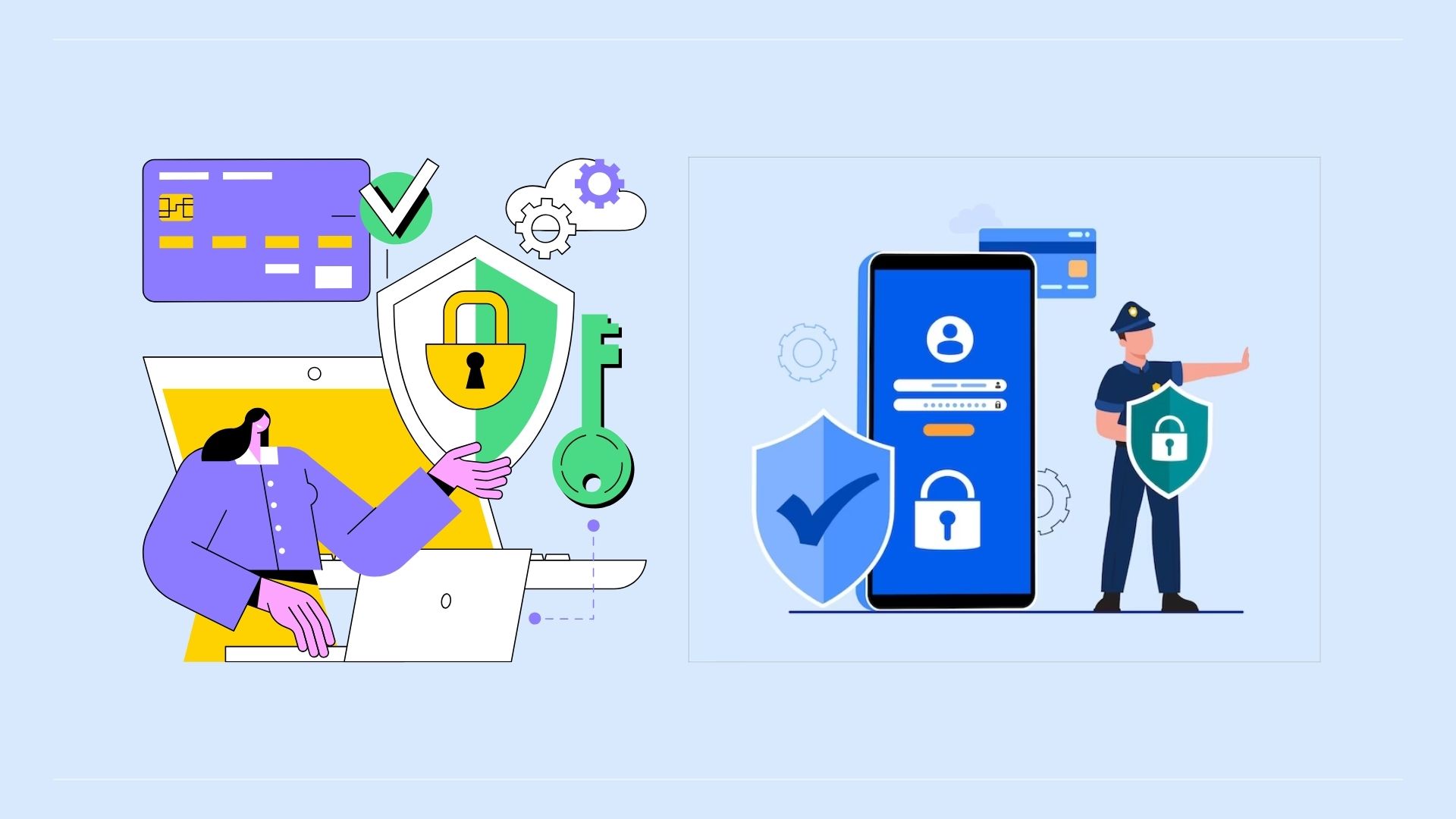10 Keys to Creating a Mobile ERP Strategy
Mobile ERP has been on the enterprise radar for a while now, with experts telling us companies will begin to adopt it in significant numbers. In our list of top 8 ERP trends for 2014, for example, Panorama Consulting Managing Partner Eric Kimberling and NetSuite CEO Zach Nelson both mentioned mobile ERP, with Nelson predicting companies would quickly advance beyond wanting simple reports and dashboards to conducting key ERP processes.
Adam Cheatham, an ERP consultant for Panorama Consulting, agrees, noting that mobile ERP plays into both “skyrocketing” adoption of mobile devices and a growing desire to access data anywhere and everywhere. For enterprises, mobile ERP provides “an opportunity to eliminate gaps and streamline processes in real time,” he said during a recent webinar. With the ability to perform tasks like signing contracts on mobile devices, he said, “you can eliminate a lot of paper steps.”
Mobile ERP applications can benefit many employees, from sales people to warehouse workers to CEOs who “want to see those revenue reports right now,” Cheatham said.
ERP has been slower to go mobile than some other enterprise apps because “lots of companies have heavily customized ERP systems where any change or update is expensive and risky,” said Rebecca Wettemann, vice president at Nucleus Research, adding that many traditional users of ERP, such as finance professionals or shop floor managers, spend much of their work days in front of a PC.
That said, Wettemann sees growing interest in mobile ERP apps that give users only the data they need to complete specific tasks such as an expense approval or a purchase order request. “Users can get a workflow on their phone that allows them to get work done when they are out of the office,” she said.
As with any ERP implementation, the key to a mobile ERP initiative is creating a strategy, Cheatham said. “It's no different than any other business endeavor. If you have a strong strategy and can refer back to it, it is going to help the entire company in implementing the strategy.”/p>
Creating a Mobile ERP Strategy
Among the factors companies must take into account when developing a mobile ERP strategy:
Functionality: There are significant differences in the functionality of different devices, Cheatham said. PCs and laptops have more processing power than mobile devices and are almost always connected to the Internet. However, users must expect a reduction in processing power and functionality when using a smartphone or tablet. “You're not going to do heavy data mining on a tablet,” he said. “When you start talking about mobile strategy, you need to set an expectation of limited amounts of functionality.”
User experience: Employees may have inflated expectations of mobile ERP performance based on their largely speedy and problem-free experiences with consumer mobile apps, Cheatham said. “Your interaction with an ERP system on a mobile device may have special considerations. For example, you may need to go through a VPN, which will slow down device performance a bit.”
Form factor: While smartphones are smaller and easier to carry than a tablet, they have smaller screens, Cheatham said. Screen size is a key consideration in use cases.
“A phone will be fine for checking data and numbers, but if you are doing a sales pitch or presentation for a potential client, it will not be optimal,” he said. “You'd have to shove a phone into a client's face for them to be able to view a presentation. It is a lot easier to respect someone's personal space with a 10-inch tablet than it is with a smartphone.”
Native vs. Web apps: Because native applications are directly downloaded on mobile devices and offer direct interaction between back-end systems and the device, they “can handle more heavy lifting,” Cheatham said. While that is an advantage, a potential disadvantage is that native apps typically require more coding and software development work.
Connectivity: “You may have clients in mountains where there is nonexistent Internet connectivity,” Cheatham said, noting that one approach to dealing with less than ubiquitous Internet access is to allow users to continue to save information locally to a mobile device and app even if connectivity is lost and then automatically submit the information to back-end systems when connectivity is restored.
Who needs to be mobile and how much: In many companies, sales people need to be highly mobile, so being able to support them with mobile ERP is important, Cheatham said. They will likely face greater challenges with connectivity, data security and other aspects of mobility than some of their coworkers. Workers on a production line may only use a stationery tablet, which will present different mobile ERP issues.
Mobile OSes: Android and Apple's iOS are the two dominant mobile operating systems. “If your company is going to sponsor mobile devices, deciding which OS to support will be a big conversation,” Cheatham said. Because so many people have “strong personal connections” to their devices — and thus to a particular OS – some companies decide to allow users to provide their own devices and must support multiple OSes, he said.
Internal vs. external development: Companies with a specialized mobile ERP strategy may want to consider developing applications in-house if they have the development bandwidth. “I've seen both internal and external development done well, and I've seen both done poorly,” Cheatham said. In a blog post, Greg Johnson, a team leader at Mincron Software Systems, wrote about his company's development of a mobile ERP app for sales, noting the development team honed in on four features: sales call preparation, information retrieval, new business and communication.
Usability: “I cannot overestimate the criticality of the user interface,” Cheatham said. “There is an expectation that mobile will be easy to use. If it isn't, there will be issues with adoption and your mobile strategy will suffer.”
If a mobile ERP user interface is good, sales people can streamline their interactions with clients while also looking impressive. But results can be disastrous with a bad UI, he said. “An expectation of my being impressive was set when I pulled out my tablet. So if I stumble while trying to show my client a presentation, I've lost that sale. If I continue to have this issue, I will probably stop using the mobile app and go back to a hard copy or whatever I was using before.”
Data security: Noting that companies are “basically setting employees up to have access to whatever data they have access to in the office on their mobile devices,” Cheatham said this could create both audit and security issues if data is stored directly on devices.
It's important to realize that companies lose some control over their business data with mobile ERP, he said. “If you use Verizon and log into your ERP on a mobile device, you are no longer in direct control of the end-to-end connection to your network. Someone could hack into Verizon and have access to your activity there.”
Next Steps to Mobile ERP
Once a mobile ERP strategy that takes these considerations into account has been developed, Cheatham said companies can target the business processes that will support the strategy and begin stripping those processes down to the basics.
They must ensure they can support both mobile and non-mobile processes. “If I can open a quote and close a sale and everything in between on a mobile device, I do not want to eliminate supporting those same processes in-house. A customer service rep on the phone should be able to do the same thing,” he said. “With mobile, you are not replacing processes as much as you are supporting them in parallel with in-house processes.”
Two other pieces of advice:
Involve end users as much as possible. If you do not involve end users, Cheatham said, you are “taking a real gamble on whether the user experience and interface is going to be what they want.” If you roll the dice and miss, he said, mobile ERP adoption will be low and your strategy will be wrecked.
Tailor mobile ERP user training to the strengths of each device. “Users need to understand the differences so their expectations are properly set,” Cheatham said. “Tablets will work well for sales pitches while smartphones will not.”
Early on Mobile ERP Curve
Mobile ERP “is only just starting to catch on,” Cheatham said. While most ERP vendors offer mobile apps, they are taking different approaches. “Some offer entire suites of software while others have single apps with concentrated functionality.”
For now, mobility is seeing the strongest uptake in warehouses, which have been using devices like barcode scanners and tablets mounted to forklifts for quite some time, Cheatham said. Many warehousing apps focus on offering user dashboards with views of real-time inventory data. They are among the “cleanest and easiest” mobile ERP applications, thanks to their limited functionality. “They just want to see the data,” Cheatham said.
However, he expects the sales function to present the strongest future growth opportunity for mobile ERP. “The ability to start and close sale from anywhere and everywhere is pretty compelling,” he said.
Ann All is the editor of Enterprise Apps Today and eSecurity Planet. She has covered business and technology for more than a decade, writing about everything from business intelligence to virtualization.

Public relations, digital marketing, journalism, copywriting. I have done it all so I am able to communicate any information in a professional manner. Recent work includes creating compelling digital content, and applying SEO strategies to increase website performance. I am a skilled copy editor who can manage budgets and people.



